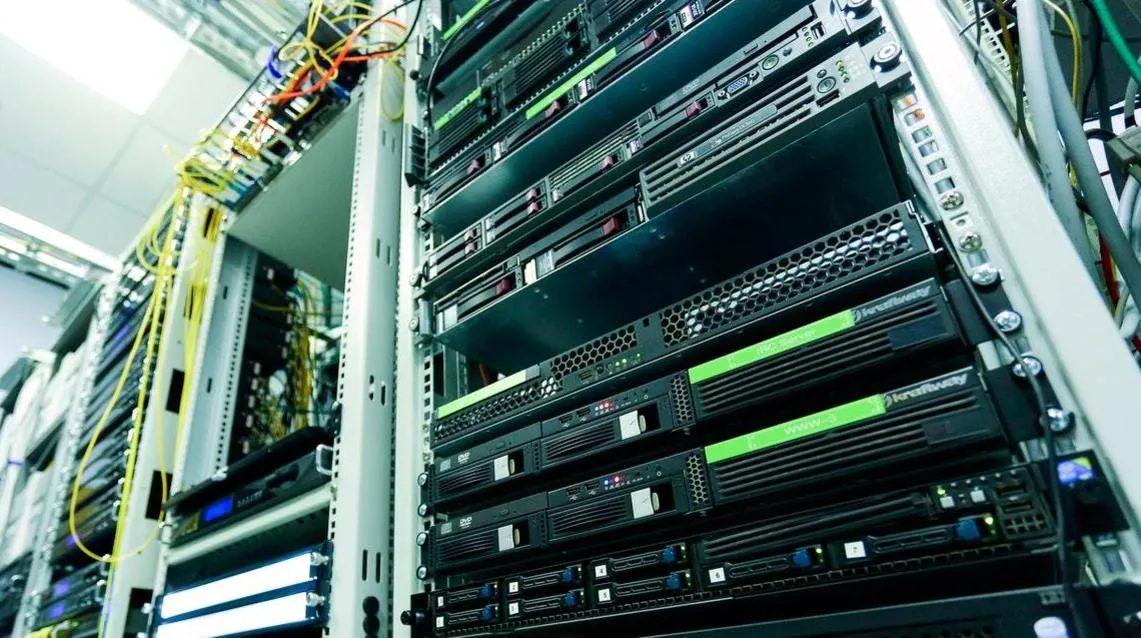
Is Robotic Process Automation (RPA) A Sticking Plaster For Broken IT Systems
19 May 2021
- Robotic Process Automation (RPA) is an application of technology that configures computer software to manage the execution of work processes that are definable, repeatable and rule-based.
- RPA is the new super-efficiency pill that has implications on Business and IT and is challenging conventions like never before.
Business leaders and IT leaders, however, approach this technology from very different perspectives. Business leaders look at RPA as a cost-effective means of processing information faster and more accurately thereby reducing operating costs and providing opportunities to the workforce to focus on value-added tasks. IT leaders, on the other hand, may refer to it as nothing but a ‘Sticking Plaster for broken IT systems’ and assert that the real long-term solution is an ‘Integrated IT Landscape’-where information flow is seamless between systems and applications.
Whilst both sides have merit in their arguments, RPA has tremendous value even in highly efficient and integrated technology landscapes as automation offers the ability to the business users to automate mundane & repetitive tasks of processing data and information in the normal course of business. This would make RPA much more durable and curative than the ordinary ‘Sticking Plaster’.
It is important that organisations dwell more closely on the “what is in it for me” to truly adopt the technology. Moreover, to understand the contrasting points of view we must examine a few historical facts on topics like ‘Legacy modernisation’ & ‘Integrated IT systems’.
When it comes to integrating applications/systems several concepts that come to mind are EAI, A2A, B2B, BAM, BPM, ESB and SOA. In recent years, open application programming interfaces (APIs) is an addition to this list. Despite the variety of approaches and technologies that are available why do non-integrated IT environments still exist? Quite simply put, creating an integrated IT landscape is not only an expensive, complex and time-consuming exercise but results/outcomes are rarely if ever assured. Traditionally enterprises grew their systems and IT infrastructure out of necessity as business growth demanded a hurriedly connected ecosystem to keep pace.
This inevitably led to deploying people to process information and data across multiple systems, an approach, that was easy to implement, and faster outcomes were always assured. A McKinsey study conducted along with the University of Oxford revealed that ‘half of all large IT projects—defined as those with initial price tags exceeding $15 million—massively blow their budgets. On average, large IT projects run 45 percent over budget and 7 percent over time, while delivering 56 percent less value than predicted. Additionally, even if one were able to execute a successful EAI/SOA project, the changes in business processes that would arise on a regular basis would be very difficult to apply, time-consuming, have significant testing related implications and cause friction between the business & IT teams.
‘Why fix something that is not broken’ is another common argument when it comes to dealing with legacy modernisation. Integrating legacy applications with modern-day applications is a complex exercise and many organisations choose to avoid doing so due to no inherent business value being perceived. Enter the world of ‘Two-speed architecture' where legacy and modern applications co-exist; This implies a fast-speed, customer-centric front end running alongside a slow-speed, transaction-focused legacy back end with business users bridging the gap between the front end and backend systems.
So, In This Ecosystem, Now That The Origins Of The Argument Have Been Examined, What Does The RPA Bring To The Party?

The first unique feature that the technology offers is that it does not impact existing systems architecture in any way. This would be music to the ears of the IT department of an organisation. This is because RPA technology is essentially designed to work at a presentation layer of an application/system be it a front-end or back-end application. In some cases, it is possible to use API’s to connect with applications/systems through the backend to be able to process transactions faster. When working with the front-end of applications/systems, it mimics the human interaction with applications/systems and executes that business process just as a human worker would do so. What every business would get as a result of automating a business process is faster processing times, increased accuracy of execution and the ability to scale up and down seamlessly to keep pace with your business demand.
The second unique feature of the technology is the fact that unlike a long-drawn IT project it takes only a matter of days to create a set of instructions understood by the RPA digital workmate and to see business processes running in an automated manner. This clearly is a break from tradition where outcomes take months/years to be visible from complex IT Transformation programmes.
The third feature in the context of the connected workforce that RPA technology delivers is enhanced levels of security. Moving work to low-cost locations has often challenged the security & privacy of personal data with several instances of unauthorised access is reported. The RPA enable Digital Workmate to be trained to follow instructions/wizards which therefore limits the activities to those processes only and the digital workmate does not look ‘left’ or ‘right’ thereby significantly eliminating the possibility of unauthorised data access.
However, for a ‘Sticking Plaster’ to be more durable and have curative efficacy it is important that the use of the technology is not only planned but is also calibrated. For businesses looking to adopt the technology, it is required that the business and IT functions within the business are on the same page. No matter how non-intrusive RPA technology is there are considerations in infrastructure and security that must be addressed to effectively run it in the organisation. Whilst encashing savings derived from low hanging fruits are a key financial consideration, businesses do need to investigate the following basic questions for a longer-term curative benefit:
- What business processes do we want to automate?
- When do we want to automate these business processes?
- How will we achieve our automation requirements?
- How will the handshake between a human worker and a digital workmate happen?
- How will we effectively utilise the freed-up time of our workforce?
An answer to these basic questions will inevitably lead you to the need for developing an automation roadmap just like you would for any business transformation programme. It is here that you will soon realise that to achieve the desired business outcomes, it is important to capture the effectiveness by contrasting current state metrics with future achieved metrics. Adopting RPA gives many other consequential benefits like the ability to scale at a fraction of the costs involved and being able to digitally empower the workforce to walk that extra mile for clients with the freed up time from automation.
In conclusion, whilst RPA could be considered a short term Sticking Plaster for broken IT systems the benefits like cost advantage, time to market, ability to deploy a two-speed architecture and the consequential benefits that can be achieved, make it a highly durable & curative sticking plaster. The market certainly thinks so, with leading analysts predicting double-digit growth over the next few years and the RPA market is expected to be over USD 8 Billion in the next 5 years.
So, is RPA a sticking plaster for broken IT systems?
"Well, in a pure sense, no, as a market disruptive force, which gives unparalleled efficiency, accuracy and cost savings to your business, it is prudent to consider it as a vitamin pill that modern day enterprises need."